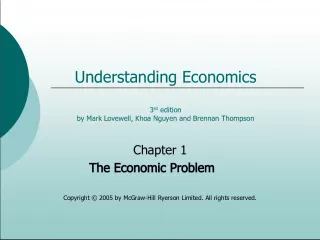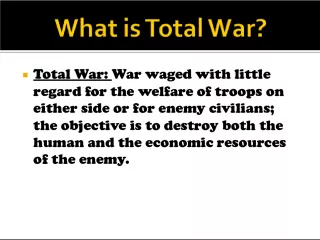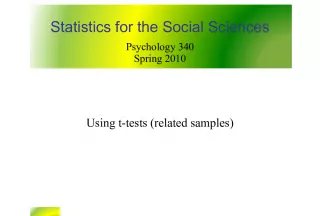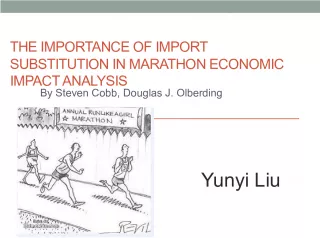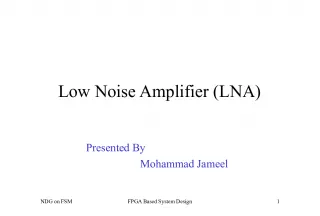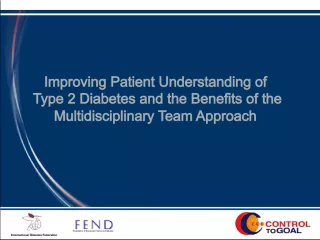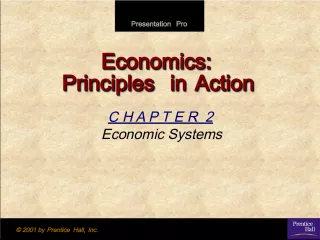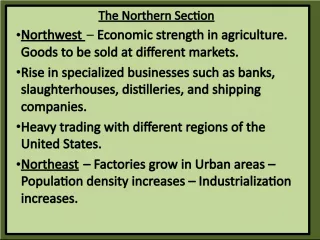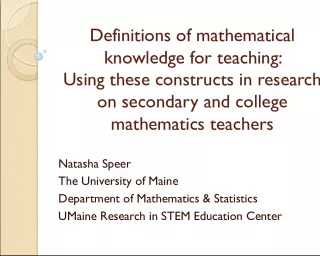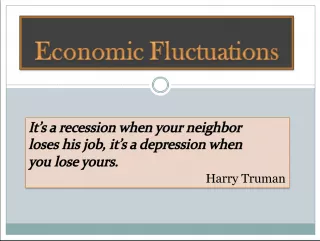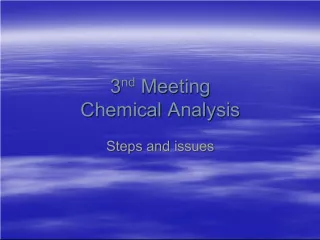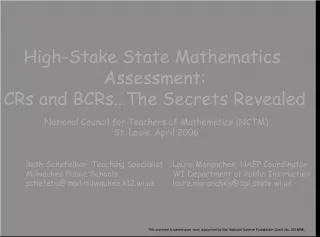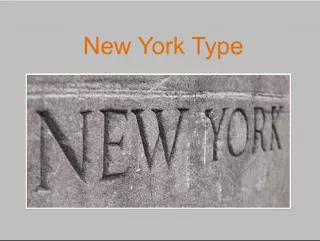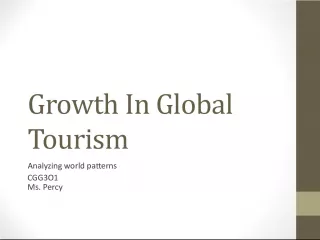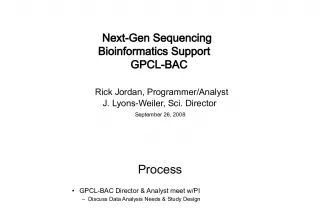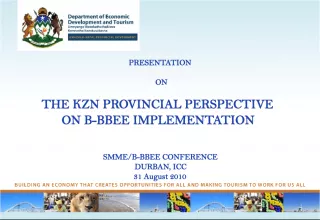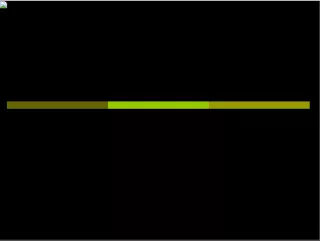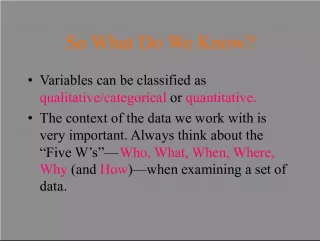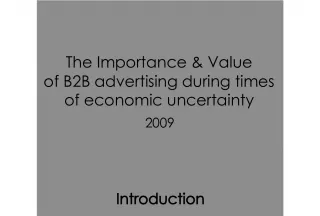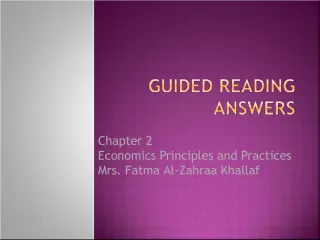Economic & Mathematical Analysis Type A
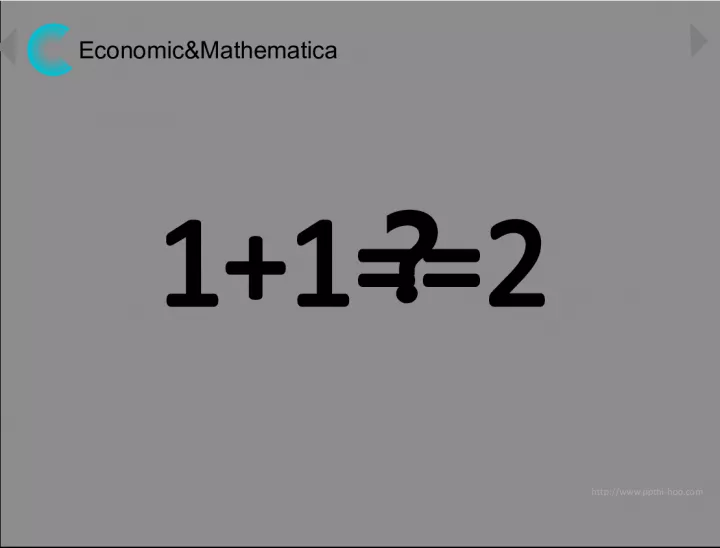

Explore the intersection of economics and mathematics with a Type A analysis from www.ppthi-hoo.com.
- Uploaded on | 1 Views
-
 barbaraford
barbaraford
About Economic & Mathematical Analysis Type A
PowerPoint presentation about 'Economic & Mathematical Analysis Type A'. This presentation describes the topic on Explore the intersection of economics and mathematics with a Type A analysis from www.ppthi-hoo.com.. The key topics included in this slideshow are . Download this presentation absolutely free.
Presentation Transcript
1. http://www.ppthi-hoo.com Economic&Mathematica 1+1==2 ?
2. http://www.ppthi-hoo.com Economic&Mathematica Type A 1 1+1=1
3. http://www.ppthi-hoo.com Economic&Mathematica Developing photos 1+1=1
4. http://www.ppthi-hoo.com Economic&Mathematica Type B 1 1+1=1.5
5. http://www.ppthi-hoo.com Economic&Mathematica MacDonald: The second cup half price !
6. 2014-10-22 height=11.5cm radius=3.3cm • If we confirmed the volume • then what kind of p ro po r tion can minimise the superficial area?
7. 2014-10-22 Volume & Superficial area
8. 2014-10-22 Confirming the volume • then the superficial area • when h=r ,we get the minimum of S. • So the cost of material will be least.
9. 2014-10-22 BUT.... • h=11.5cm • r=3.3cm • This will waste about 30% material • why?
10. 2014-10-22 • It is more like a fish can ,right?
11. 2014-10-22 Reason • Customers may misleading by horizontal- vertical illusion . • which one you think a lit tl e bit longer?
12. 2014-10-22 So,this is the real re a son why factory produce the container like this, which as we can see today on the supermarket. Customers are more likely to buy the longer one. Even if they know they are the same, or the shorter one can contain more than the longer one.
13. Why does milk come in rectangular containers?
14. Round container?
15. Why soft drinks come in round cans?
16. One possibility soft drinks are often consumed directly from the container, the extra cost of strong cylindrical containers is justified because they fit more comfortably in the hand…
17. Milk comes in rectangular containers, while soft drinks come in round cans? What makes the different?
18. But even if most people drank milk straight from the carton, the cost-benefit principle suggests that it would be unlikely to be sold in cylindrical containers.
19. Most soft drinks in supermarkets are stored in open shelves, which are cheap to buy and have no operating costs. Milk is exclusively stored in refrigerated cabinets, which are both expensive to purchase and costly to operate.
20. What’s more?
